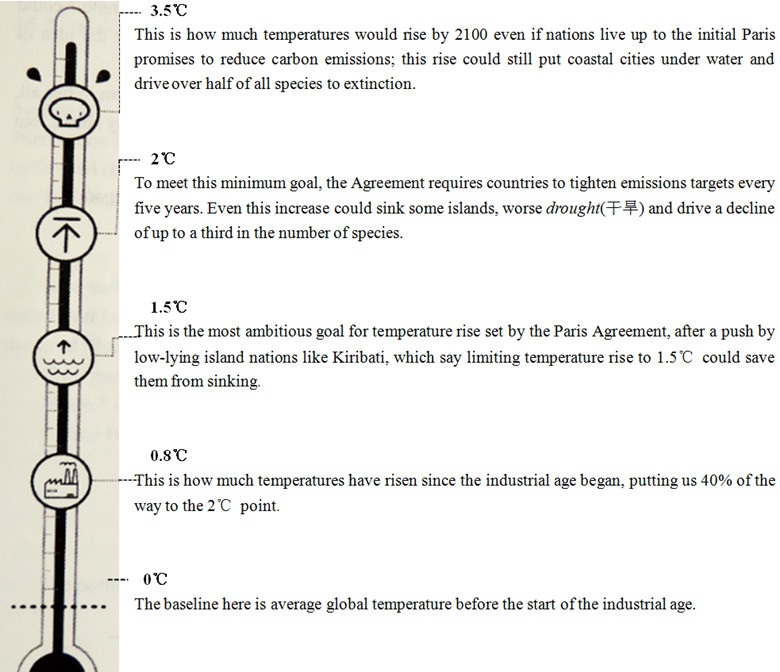题目内容
9.A.A waiter.B.A butcher.
C.A porter.
D.A farmer.
分析 略
解答 A
点评 略

练习册系列答案
 寒假天地重庆出版社系列答案
寒假天地重庆出版社系列答案
相关题目
15.Many thought that after starring in the immensely popular drama,Nirvana in Fire,Hu Ge would____and actively seek new roles.( )
| A. | make a mountain out of a molehill | |
| B. | have too many irons in the fire | |
| C. | strike while the iron is hot | |
| D. | put the cart before the horse |
17.Henry hopes to find a job upon graduation ______ his management skills can be put to good use.( )
| A. | that | B. | which | C. | how | D. | where |
8.We can see many examples in our life positive thinking changes a person completely.( )
| A. | which | B. | that | C. | when | D. | where |
